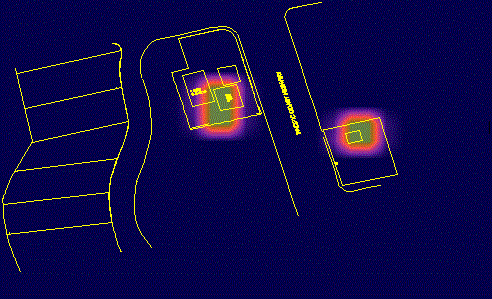Fate and transport (F&T) refers both to the
principles and the technical calculations describing the spreading and ultimate destiny of
contamination in groundwater, vapor, or free phase state. F&T is the
underpinning of all environmental evaluations since it is the basis for the
"prognosis" of a site's condition. Is the site a risk? Well, it
depends on the F&T of the contaminants of concern and the relationship to sensitive
environmental receptors like me & you (we're all a little sensitive).
One saving grace for the environment has been the
observation that petroleum products, by in large, degrade like so much poop in a septic
system. Crappy yes, but not always a disaster. Anyway, the realistic
application of F&T principles requires understanding the underlying geologic and
chemical processes. Many of our common industry standards, including those
prescribed by regulatory agencies, do not. These unrealistic F&T calculations
are often justified on the basis of "conservatism in the public good."
However, one may question the integrity of mandating falsehood as a public policy.
Further, these simplified F&T calculations are often not conservative and many users
are unaware of the fundamental conditions where this can occur. For instance,
one-dimensional solute transport models are often used to evaluate multidimensional,
multiphase problems. Hard to imagine why they might not work.
If getting real answers is important to you, you
should talk with us. You will be shocked (at least we were) at the difference real
calculations supported by real data can make toward site management options. It
doesn't have to cost a lot, but it does have to be real.
